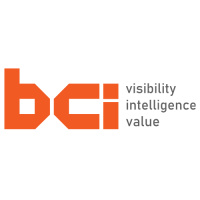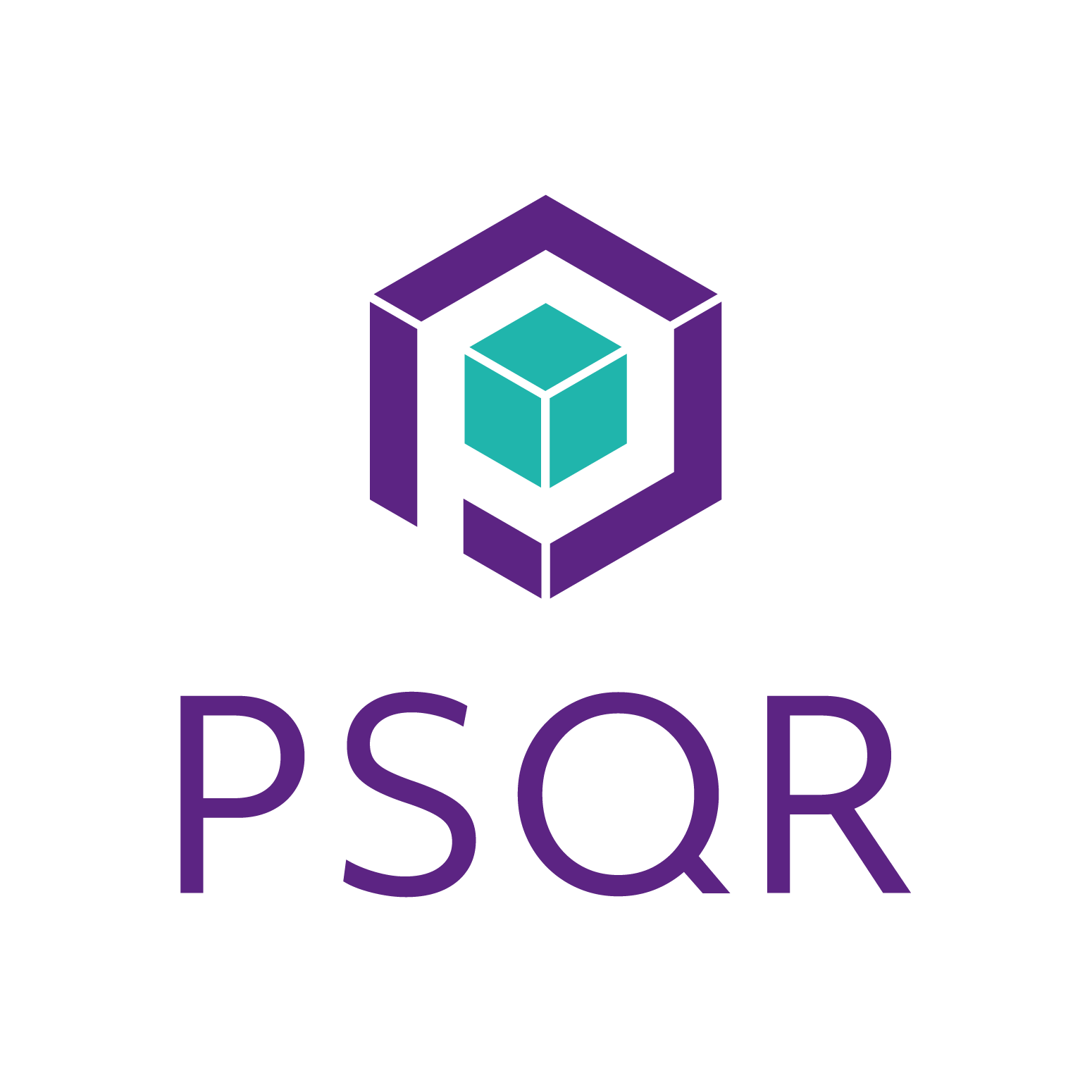Description

SmartDocs

SupplyOn
Comprehensive Overview: SmartDocs vs SupplyOn
a) Primary Functions and Target Markets of SmartDocs and SupplyOn
SmartDocs
SmartDocs is primarily a document management solution that integrates with ERP systems like SAP to streamline the creation, management, and workflow of documents. The primary functions include:
- Document Automation: Automates document generation and management, reducing manual workload.
- Workflow Integration: Seamlessly integrates into existing workflows, ensuring documents are easily accessible and editable within business processes.
- Compliance and Security: Maintains compliance with industry standards and ensures data security within document management.
Target Markets: SmartDocs typically targets large enterprises and businesses using complex ERP systems that require robust document handling capabilities. Industries such as manufacturing, finance, and logistics may find SmartDocs particularly useful due to their need for detailed documentation and adherence to compliance regulations.
SupplyOn
SupplyOn is a supply chain management platform that provides collaboration solutions for industries such as automotive, aerospace, railway, and manufacturing. The primary functions include:
- Supply Chain Visibility: Offers tools for managing supply chain activities, providing real-time visibility into operations.
- Collaborative Planning: Facilitates better planning and coordination between manufacturers and suppliers.
- Quality and Compliance Management: Ensures that suppliers meet required quality standards and compliance regulations.
Target Markets: SupplyOn targets businesses in complex supply chains, particularly in industries like automotive and aerospace, where supply chain collaboration and transparency are crucial.
b) Overall Market Share and User Base
While specific quantitative data on the market share and user base is seldom publicly disclosed and subject to change, the general positioning is as follows:
-
SmartDocs: Generally used by enterprises heavily dependent on SAP systems, SmartDocs enjoys a niche market presence due to its specialization in document automation within ERP systems.
-
SupplyOn: Has a larger and more defined market presence within specific industries like automotive and aerospace, with an extensive user base comprised of major international manufacturers and their suppliers, indicating a strong presence in these markets.
c) Key Differentiating Factors
SmartDocs
- Integration with SAP: Offers deep integration with SAP systems, making it ideal for businesses already invested heavily in SAP infrastructure.
- Focus on Document Management: Specializes in document automation, offering features tailored to creating, managing, and maintaining documents within ERP workflows.
- Customization and Flexibility: Allows customization to fit specific workflow needs of different departments within an organization.
SupplyOn
- Industry Specialization: Tailored specifically for industries with complex supply chain requirements like automotive and aerospace.
- Supply Chain Collaboration: Goes beyond document management to include comprehensive supply chain collaboration and management tools.
- Network and Community: Provides a platform for connecting multiple stakeholders within a supply chain, fostering an environment for enhanced cooperation and communication.
Conclusion
While both SmartDocs and SupplyOn serve enterprise markets, they are distinct in their core functionalities and targeted industries. SmartDocs is focused on document management and integration within SAP, making it essential for document-heavy enterprises. Conversely, SupplyOn is more about supply chain collaboration and management, serving industries where supply chain efficiency and collaboration are mission-critical.
Contact Info

Year founded :
Not Available
+1 800-711-5899
Not Available
United States
http://www.linkedin.com/company/smart-docsapp

Year founded :
2000
+49 811 999970
Not Available
Germany
http://www.linkedin.com/company/supplyon
Feature Similarity Breakdown: SmartDocs, SupplyOn
To provide a feature similarity breakdown for SmartDocs and SupplyOn, let's explore each aspect:
a) Core Features in Common
Both SmartDocs and SupplyOn focus on document and supply chain management, so they typically share several core features:
-
Document Management:
- Both platforms allow users to store, organize, and manage documents digitally.
- Version control to track changes and ensure access to the latest document revisions.
- Robust search functionality to quickly locate documents.
-
Collaboration Tools:
- Features for teams to collaborate on documents and projects in real-time.
- Annotation and commenting for feedback.
-
Workflow Automation:
- Automation of routine tasks and workflows to enhance productivity and efficiency.
- Process tracking to prevent bottlenecks and monitor progress.
-
Integration Capabilities:
- Both systems likely offer integration possibilities with other enterprise systems like ERP, CRM, and cloud storage services to streamline operations.
-
Security and Compliance:
- High-level security features, such as encryption and access controls, to protect sensitive information.
- Compliance with industry standards and regulations for data management.
b) User Interface Comparison
-
SmartDocs:
- Typically, SmartDocs may have a user-friendly, intuitive interface that's designed to facilitate ease of document creation and management. It may use a simple, straightforward layout with easily accessible tools, focusing on user experience for document editors and managers.
-
SupplyOn:
- SupplyOn might have a more complex interface due to its focus on the broader supply chain management processes. The UI could include dashboards with analytics and real-time data on supply chain operations, providing a more data-driven interface than SmartDocs, which is more document-centric.
c) Unique Features
-
SmartDocs:
- Advanced Document Creation Tools: Could offer advanced document templates and authoring tools tailored for specific industries or use cases.
- AI-Powered Insights: Features such as AI-driven suggestions for document improvements and content generation.
-
SupplyOn:
- End-to-End Supply Chain Integration: Unique features might include full integration with suppliers and partners, providing a consolidated view of the supply chain from procurement to delivery.
- Supply Chain Analytics: Powerful analytics tools focused on supply chain metrics, offering insights that can predict and mitigate potential disruptions.
- Supplier Collaboration: Enhanced tools for managing supplier relationships and communications within the supply chain context.
Each product is likely tailored to its core audience — with SmartDocs focusing more on document-centric processes, while SupplyOn integrates comprehensive supply chain functionalities. The choice between them would hinge on whether the primary need is document management or full-scale supply chain management.
Features

Real-Time Collaboration
Integration with Other Tools
Document Management

Supply Chain Visibility
Procurement Automation
Collaboration Tools
Analytics and Reporting
Supplier Management
Best Fit Use Cases: SmartDocs, SupplyOn
SmartDocs and SupplyOn are solutions designed to streamline processes and enhance efficiency within different business sectors. Here's how they cater to various businesses and projects:
SmartDocs
a) Best Fit Use Cases for SmartDocs:
-
Document Management and Automation:
- SmartDocs is ideal for businesses that require robust document management and automation. It is suitable for companies looking to automate document templates, integrate with existing systems like ERP and CRM, and facilitate seamless collaboration.
-
Industries with High Document Volume:
- Industries such as finance, healthcare, legal, and human resources, which generate and process large volumes of documents, can greatly benefit from SmartDocs. It helps in maintaining consistency and accuracy in document production.
-
Project Management:
- Projects that require meticulous tracking and documentation of activities, changes, and approvals are well-suited for SmartDocs. It assists project managers in maintaining a clear audit trail and ensuring compliance with project documentation standards.
-
Compliance-Driven Environments:
- Organizations in highly regulated sectors needing to ensure compliance with documentation standards and regulations will find SmartDocs valuable. It helps enforce data integrity and auditability.
d) Industry Verticals and Company Sizes:
- SmartDocs can serve small to large enterprises, especially those with complex document workflows and compliance requirements.
- It caters to sectors such as healthcare, legal, finance, manufacturing, and any vertical that emphasizes documentation rigor and precision.
SupplyOn
b) Preferred Use Cases for SupplyOn:
-
Supply Chain Management:
- SupplyOn is tailored for businesses involved in complex supply chains, especially those within the automotive, aerospace, railway, and manufacturing industries. It streamlines processes by offering real-time visibility and automation of procurement, logistics, and supplier collaboration.
-
Procurement and Supplier Collaboration:
- For companies looking to enhance supplier relationship management and procurement efficiency, SupplyOn provides tools for electronic sourcing, supplier qualification, and performance tracking.
-
Logistics and Production Planning:
- Scenarios where logistics operations are critical due to the need for precise scheduling and real-time monitoring find SupplyOn advantageous. It supports companies in production planning by offering insights and coordination capabilities.
d) Industry Verticals and Company Sizes:
- SupplyOn is particularly geared towards medium to large enterprises involved in production and supply chain operations.
- It is highly effective in industries such as automotive, aerospace, mechanical engineering, and electronics, where supply chain intricacies need sophisticated management solutions.
Both SmartDocs and SupplyOn cater to specific needs within different industry verticals and sizes of businesses. SmartDocs is more document-centric, catering to document-heavy environments, while SupplyOn focuses on supply chain and procurement efficiency, particularly in manufacturing and production-centric industries.
Pricing

Pricing Not Available

Pricing Not Available
Metrics History
Metrics History
Comparing teamSize across companies
Conclusion & Final Verdict: SmartDocs vs SupplyOn
To provide a well-rounded conclusion and final verdict for comparing SmartDocs and SupplyOn, let's delve into each of your requested topics:
a) Considering all factors, which product offers the best overall value?
Determining the best overall value between SmartDocs and SupplyOn largely depends on the specific needs of the business. If the priority is document management with advanced features like automated workflows, robust editing, and ease of integration with other enterprise systems, SmartDocs may offer more value. On the other hand, if a business is focused on managing supply chain processes efficiently, particularly in manufacturing or logistics sectors, SupplyOn could provide better value due to its specialized tools and platforms designed for this purpose.
b) Pros and Cons of Choosing Each Product
SmartDocs:
Pros:
- Automated Workflows: SmartDocs offers powerful automation tools, helping businesses streamline document processing tasks.
- Integration Capabilities: Easily integrates with various enterprise applications, enhancing productivity by syncing data across multiple platforms.
- User-Friendly Interface: Provides an intuitive interface that facilitates ease of use for employees at all skill levels.
Cons:
- Cost: Depending on the scale of features used, SmartDocs might have higher upfront costs or subscription fees.
- Limited Supply Chain Features: Less effective for businesses that critically depend on supply chain management solutions.
SupplyOn:
Pros:
- Supply Chain Specialization: Tailored specifically for supply chain management, offering features like supplier management, logistics tracking, and procurement.
- Collaborative Platform: Facilitates better communication and collaboration between manufacturers, suppliers, and partners.
- Industry-Focused Solutions: Ideal for manufacturing industries with intricate supply chain needs.
Cons:
- Complexity for Non-Supply Chain Companies: May offer too many features unnecessary for businesses not focused on supply chain operations.
- Learning Curve: Users might experience a steeper learning curve compared to more straightforward document management systems.
c) Recommendations for Users Deciding Between SmartDocs vs. SupplyOn
When trying to decide between SmartDocs and SupplyOn, users should consider the following recommendations:
-
Assess Business Needs: Clearly define the primary objectives of your use case. If document management and automation are critical, lean towards SmartDocs. If managing a complex supply chain is the priority, SupplyOn is likely more suitable.
-
Consider Industry: Identify the industries each product targets. SupplyOn is a strong contender for manufacturing and logistics, while SmartDocs is more versatile, applicable to various industries needing comprehensive document management.
-
Evaluate Budget: Take into account the budget and potential ROI. Evaluate not only the cost of acquiring these products but also the indirect costs of training and integrating these systems into your current processes.
-
Trial Periods/Demos: Whenever possible, utilize trial periods or request demos. Hands-on experience can provide valuable insights into which product aligns best with your operational workflows and ease of use.
In conclusion, both SmartDocs and SupplyOn bring distinct advantages to the table. For businesses centered around document management and automation, SmartDocs might be the superior choice. Conversely, for those deeply embedded in supply chain activities, SupplyOn’s specialized features will likely prove indispensable. Ultimately, the best choice will depend on aligning product capabilities with your business’s unique requirements and goals.
Add to compare
Add similar companies




